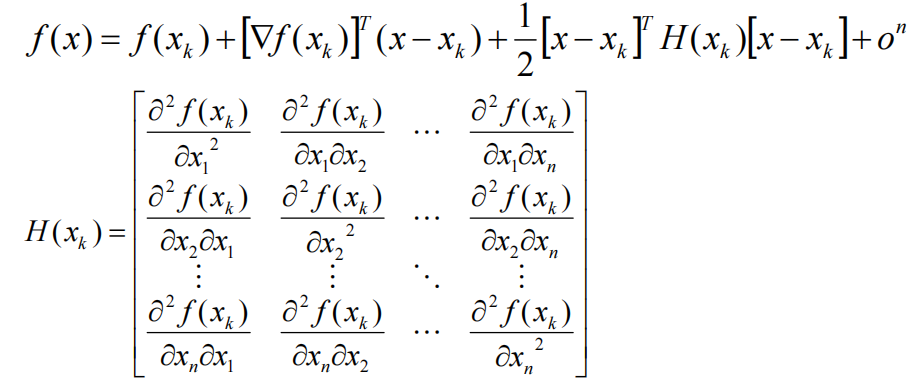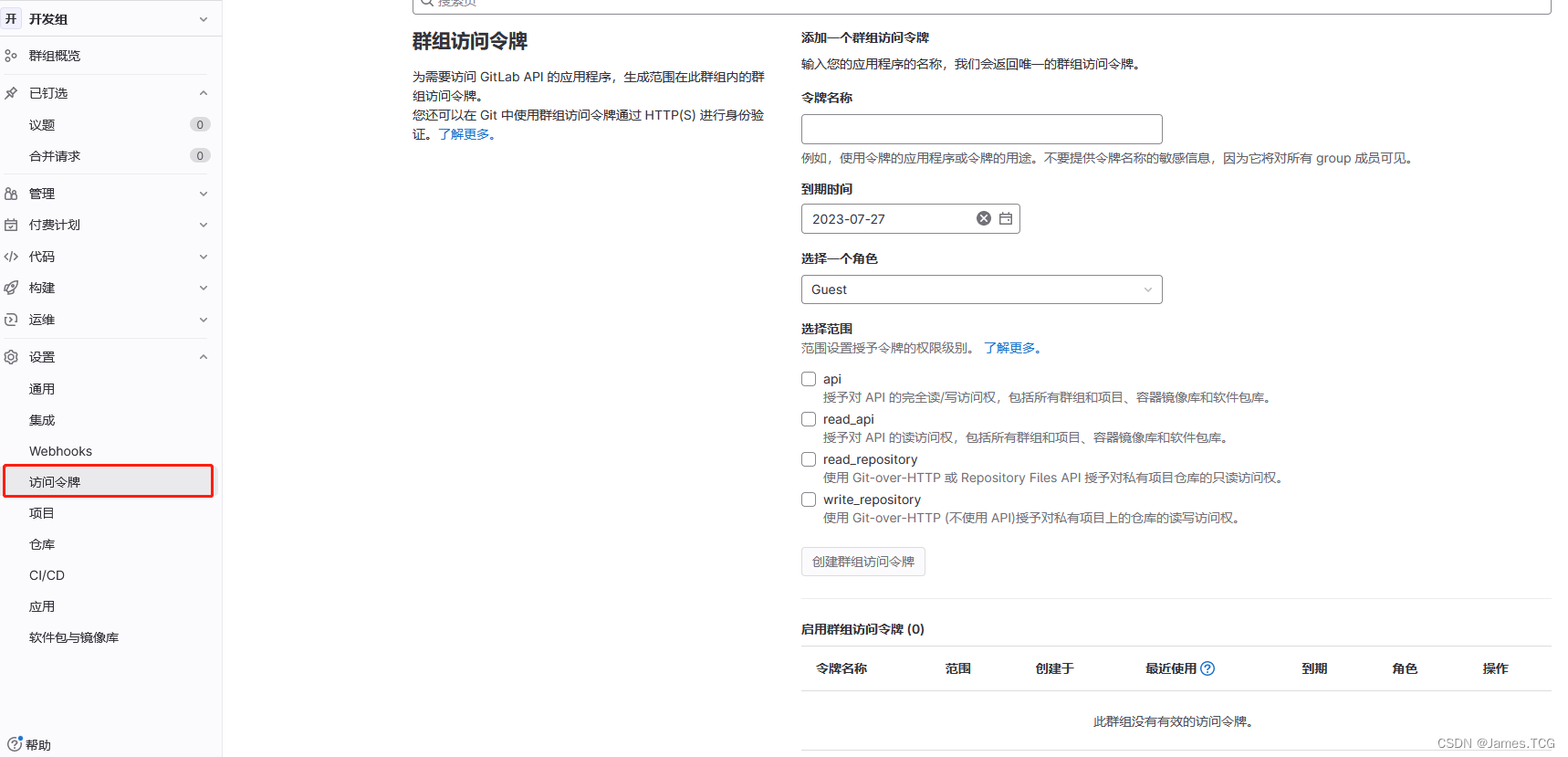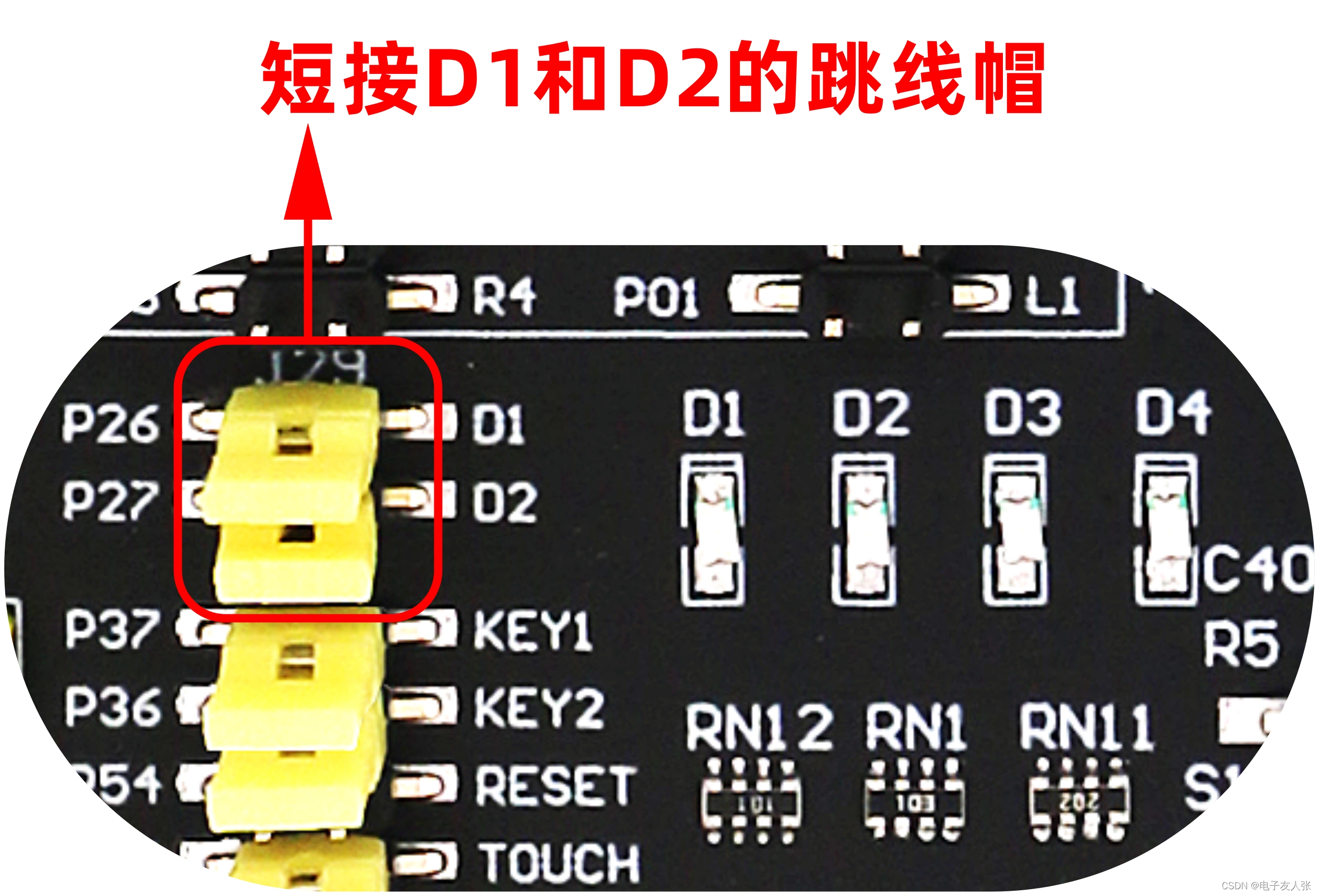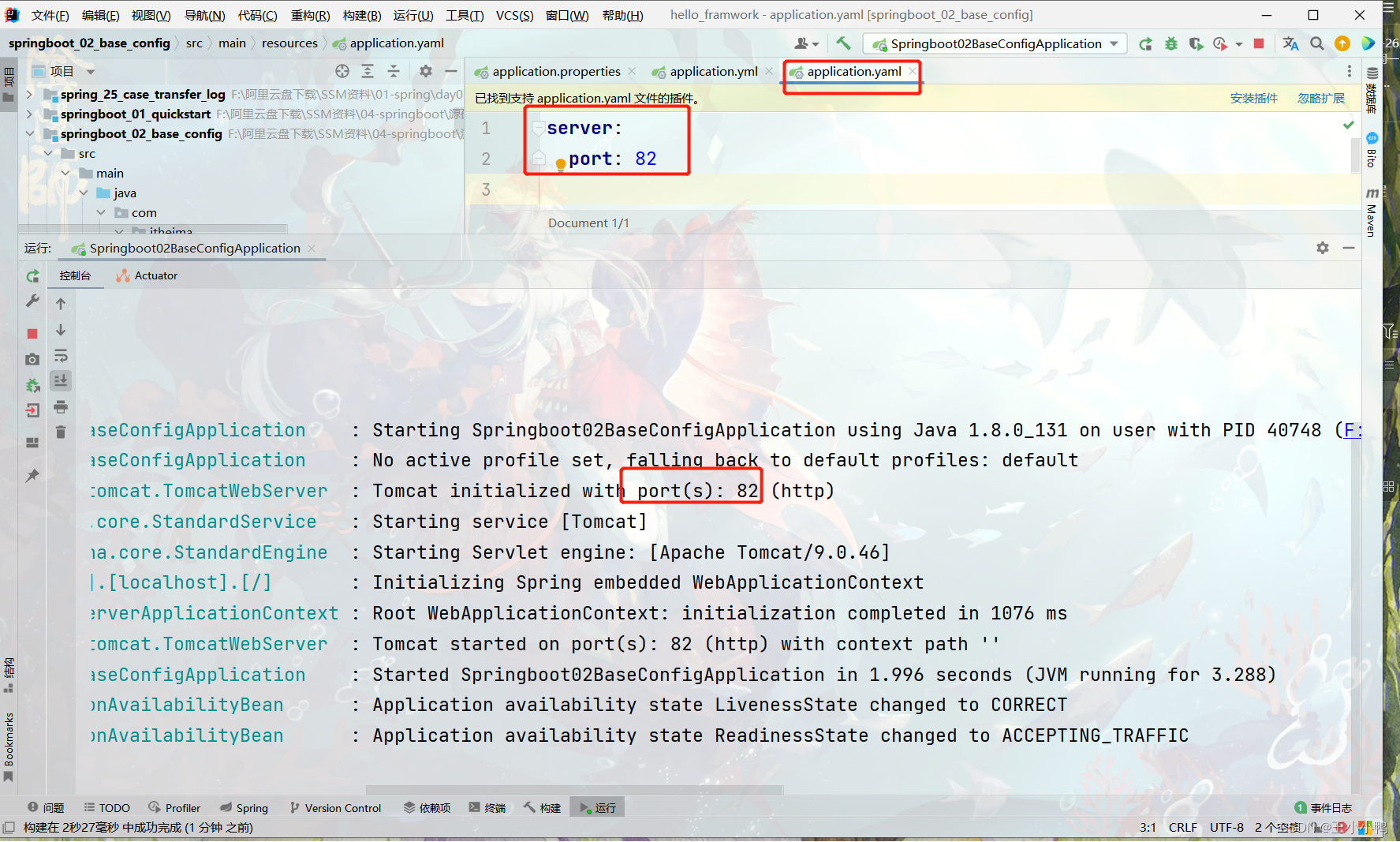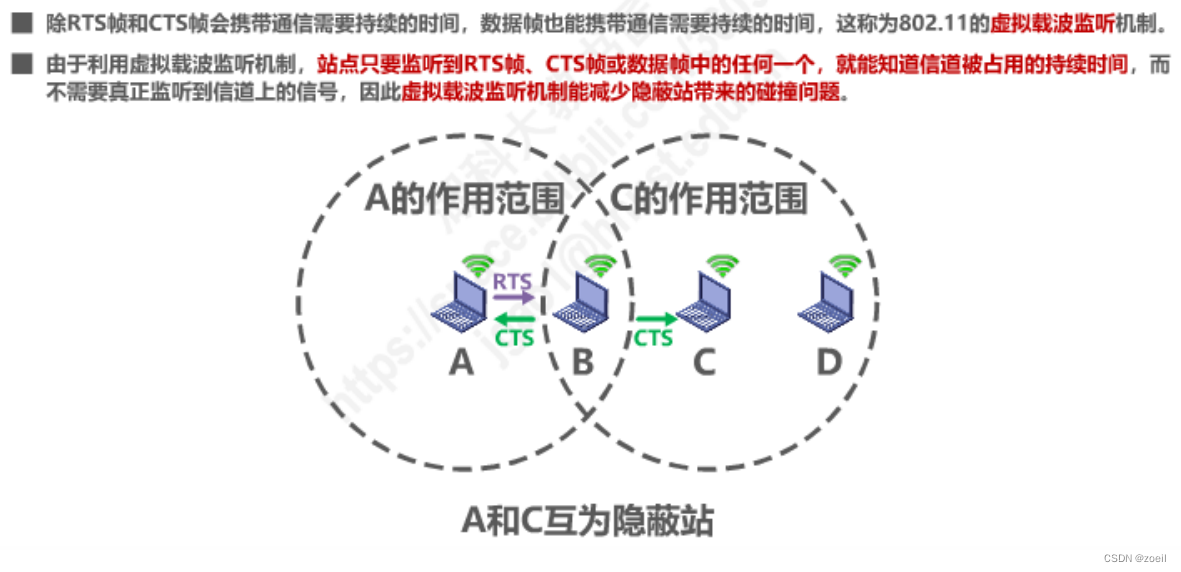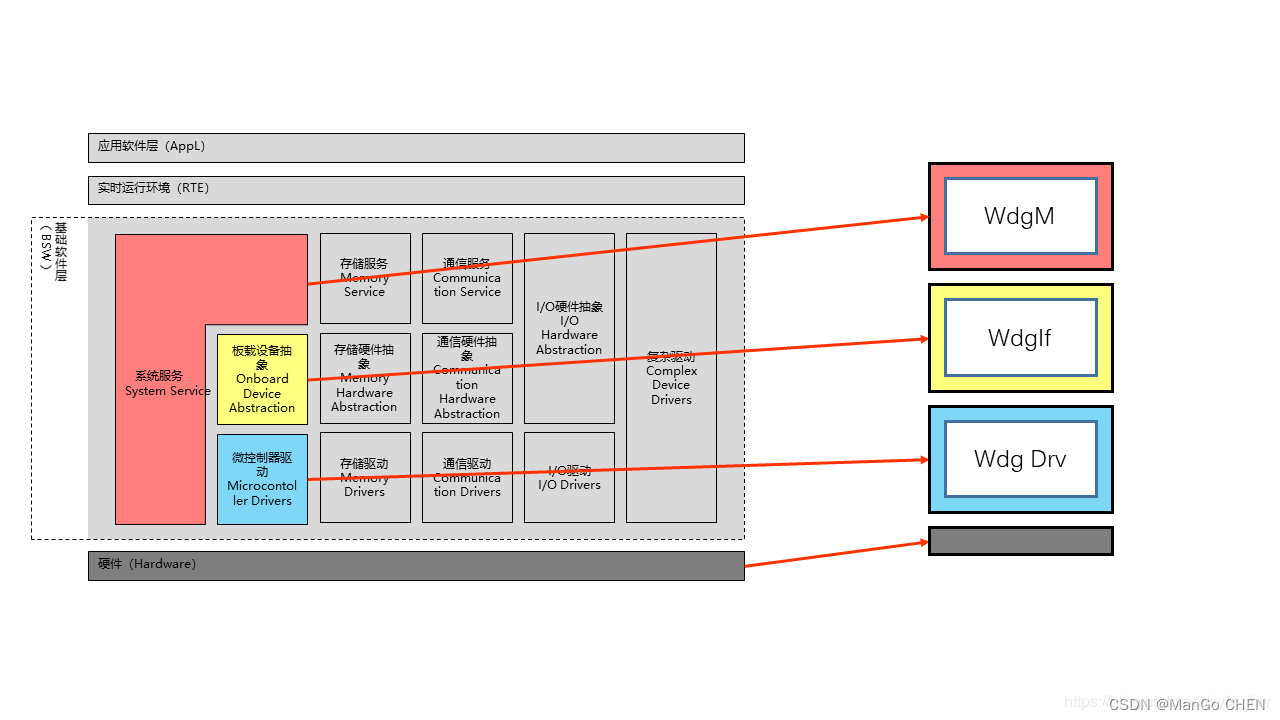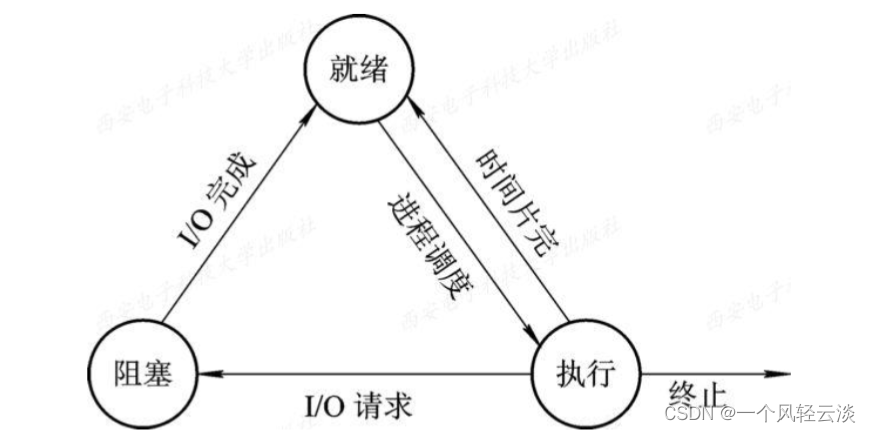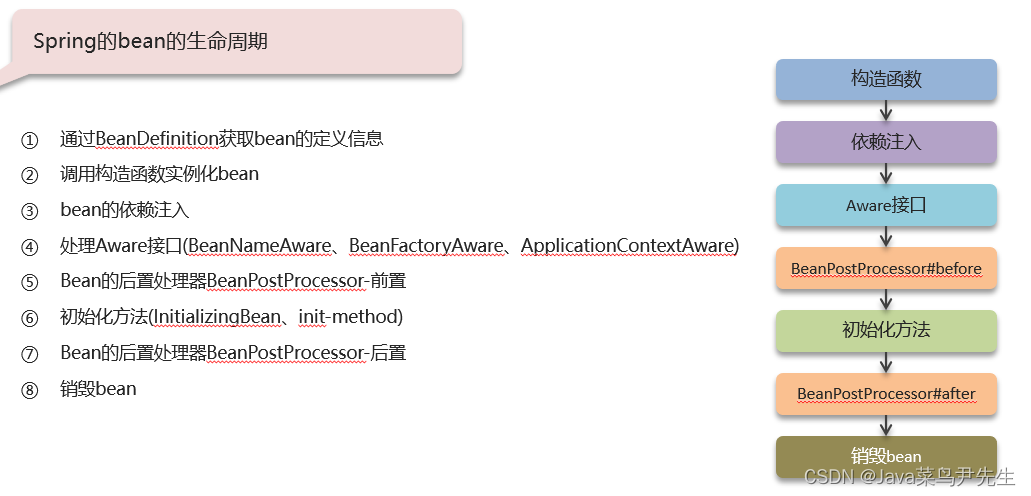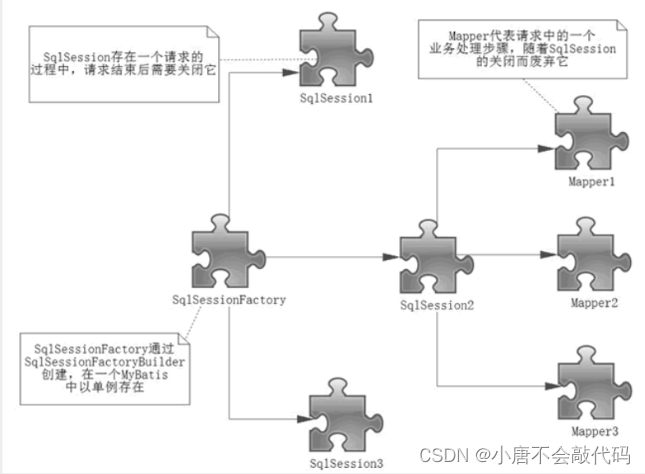Spring Boot 中的 @Cacheable 注解
在 Spring Boot 中,缓存是一个非常重要的话题。当我们需要频繁读取一些数据时,为了提高性能,可以将这些数据缓存起来,避免每次都从数据库中读取。为了实现缓存,Spring Boot 提供了一些缓存注解,其中最常用的是 @Cacheable 注解。

@Cacheable 注解是什么?
@Cacheable 注解用于标记一个方法需要被缓存。在注解中,可以指定缓存的名称和缓存的键。例如:
@Cacheable(value = "users", key = "#id")
public User getUserById(Long id) {// 从数据库中读取用户信息
}
在上面的例子中,缓存的名称是 users,缓存的键是方法的参数 id。当方法被执行时,Spring Boot 会先查找缓存,如果缓存中存在相应的数据,则直接从缓存中读取,否则执行方法并将结果缓存到缓存中。
@Cacheable 注解的原理
当一个方法被标记为 @Cacheable 注解时,Spring Boot 会先查找是否存在缓存,如果缓存中存在相应的数据,则直接从缓存中读取,否则执行方法并将结果缓存到缓存中。
在 Spring Boot 中,缓存的实现是通过缓存管理器来实现的。缓存管理器负责缓存的创建、读取、更新和删除等操作。Spring Boot 提供了多种缓存管理器的实现,例如 Ehcache、Redis、Caffeine 等。
当使用 @Cacheable 注解时,需要指定一个缓存管理器。可以通过在配置文件中配置缓存管理器,例如:
spring:cache:type: redisredis:host: localhostport: 6379password: password
在上面的例子中,使用 Redis 作为缓存管理器,设置 Redis 的主机地址、端口号和密码。可以根据实际情况进行配置。
@Cacheable 注解的使用
使用 @Cacheable 注解非常简单,只需要在方法上添加注解即可。例如:
@Cacheable(value = "users", key = "#id")
public User getUserById(Long id) {// 从数据库中读取用户信息
}
在上面的例子中,@Cacheable 注解的值为 users,表示缓存的名称是 users;key 属性为 #id,表示缓存的键是方法的参数 id。当方法被执行时,Spring Boot 会先查找缓存,如果缓存中存在相应的数据,则直接从缓存中读取,否则执行方法并将结果缓存到缓存中。
@Cacheable 注解的高级使用
在使用 @Cacheable 注解时,还可以设置一些高级属性。下面介绍几个常用的高级属性:
condition
condition 属性可以用来设置一个条件表达式,只有当表达式为 true 时,才会执行缓存。例如:
@Cacheable(value = "users", key = "#id", condition = "#id > 0")
public User getUserById(Long id) {// 从数据库中读取用户信息
}
在上面的例子中,只有当 id 大于 0 时,才会执行缓存。
unless
unless 属性可以用来设置一个条件表达式,只有当表达式为 false 时,才会执行缓存。例如:
@Cacheable(value = "users", key = "#id", unless = "#result == null")
public User getUserById(Long id) {// 从数据库中读取用户信息
}
在上面的例子中,只有当方法返回值不为空时,才会执行缓存。
sync
sync 属性可以用来设置是否启用同步缓存。当多个线程同时访问同一个缓存时,如果不启用同步缓存,则可能出现线程安全问题。可以通过设置 sync 属性为 true 来启用同步缓存。例如:
@Cacheable(value = "users", key = "#id", sync = true)
public User getUserById(Long id) {// 从数据库中读取用户信息
}
在上面的例子中,启用了同步缓存。
@Cacheable 注解的注意事项
在使用 @Cacheable 注解时,需要注意以下几点:
- 缓存的名称必须唯一,否则可能会出现缓存冲突的问题。
- 缓存的键必须能够唯一标识一条数据,否则可能会出现缓存错误的问题。
- 缓存的数据类型必须与方法的返回类型相同,否则可能会出现类型转换错误的问题。
- 当使用缓存时,需要注意缓存的失效时间,否则可能会出现缓存数据过期的问题。
示例代码
下面是一个使用 @Cacheable 注解的示例代码:
@RestController
public class UserController {@Autowiredprivate UserService userService;@GetMapping("/users/{id}")@Cacheable(value = "users", key = "#id")public User getUserById(@PathVariable Long id) {return userService.getUserById(id);}
}@Service
public class UserService {@Autowiredprivate UserRepository userRepository;public User getUserById(Long id) {return userRepository.findById(id).orElse(null);}
}@Repository
public interface UserRepository extends JpaRepository<User, Long> {
}
在上面的代码中,UserController 类中的 getUserById 方法使用了 @Cacheable 注解,指定了缓存的名称为 users,缓存的键为方法的参数 id。当方法被执行时,Spring Boot 会先查找缓存,如果缓存中存在相应的数据,则直接从缓存中读取,否则执行 UserService 类中的 getUserById 方法,并将结果缓存到缓存中。
结论
在 Spring Boot 中,使用 @Cacheable 注解可以非常方便地实现缓存功能。通过设置缓存的名称和缓存的键,可以实现精细的缓存控制。同时,使用高级属性可以进一步提高缓存的灵活性和可靠性。在实际项目中,需要根据实际情况选择合适的缓存管理器和缓存失效策略,以保证缓存的正确性和性能。
